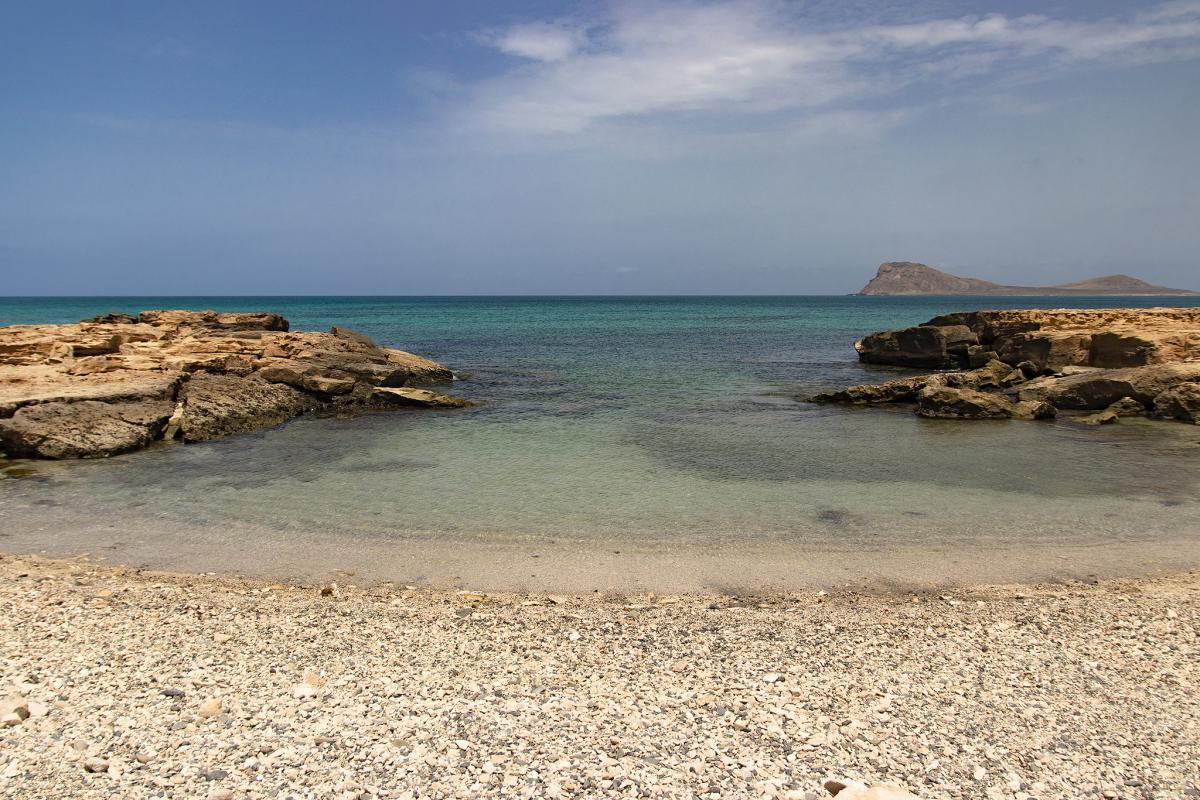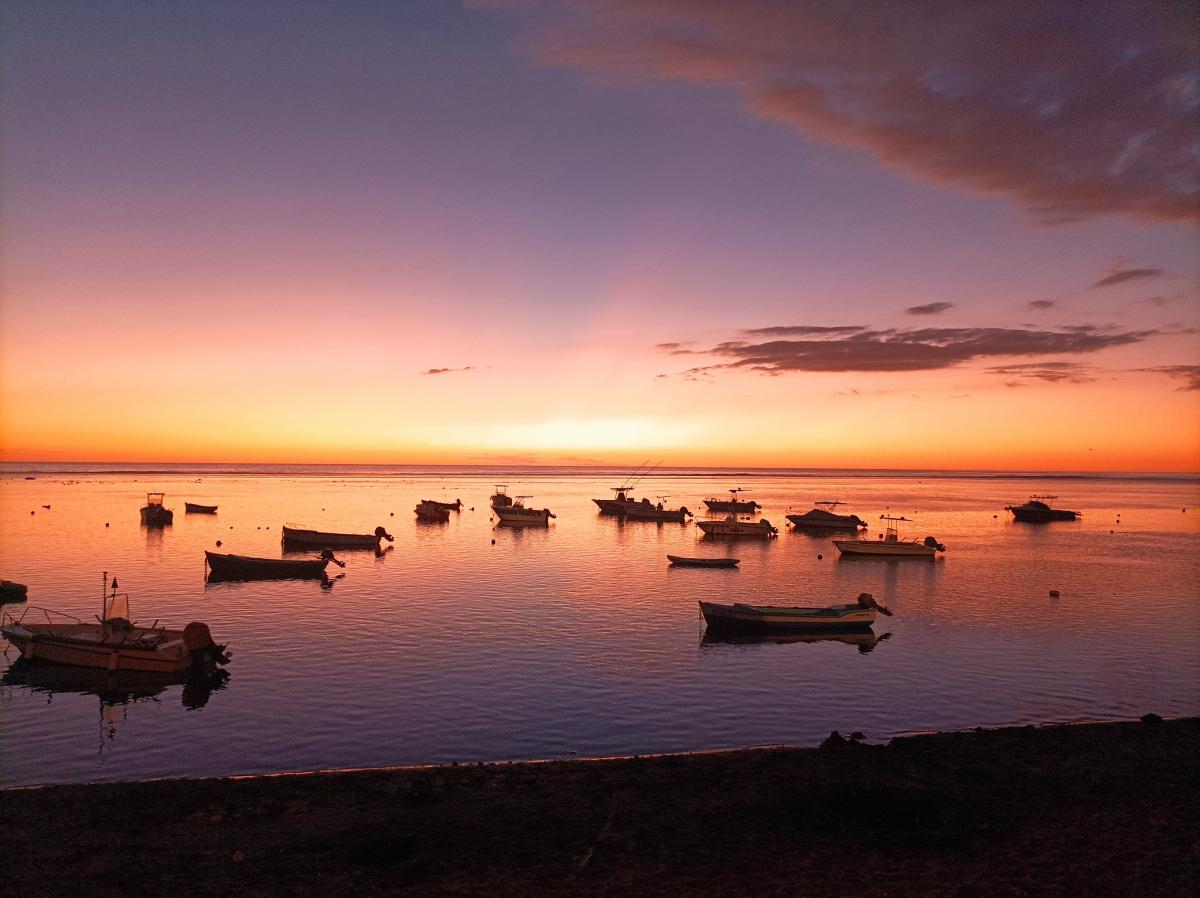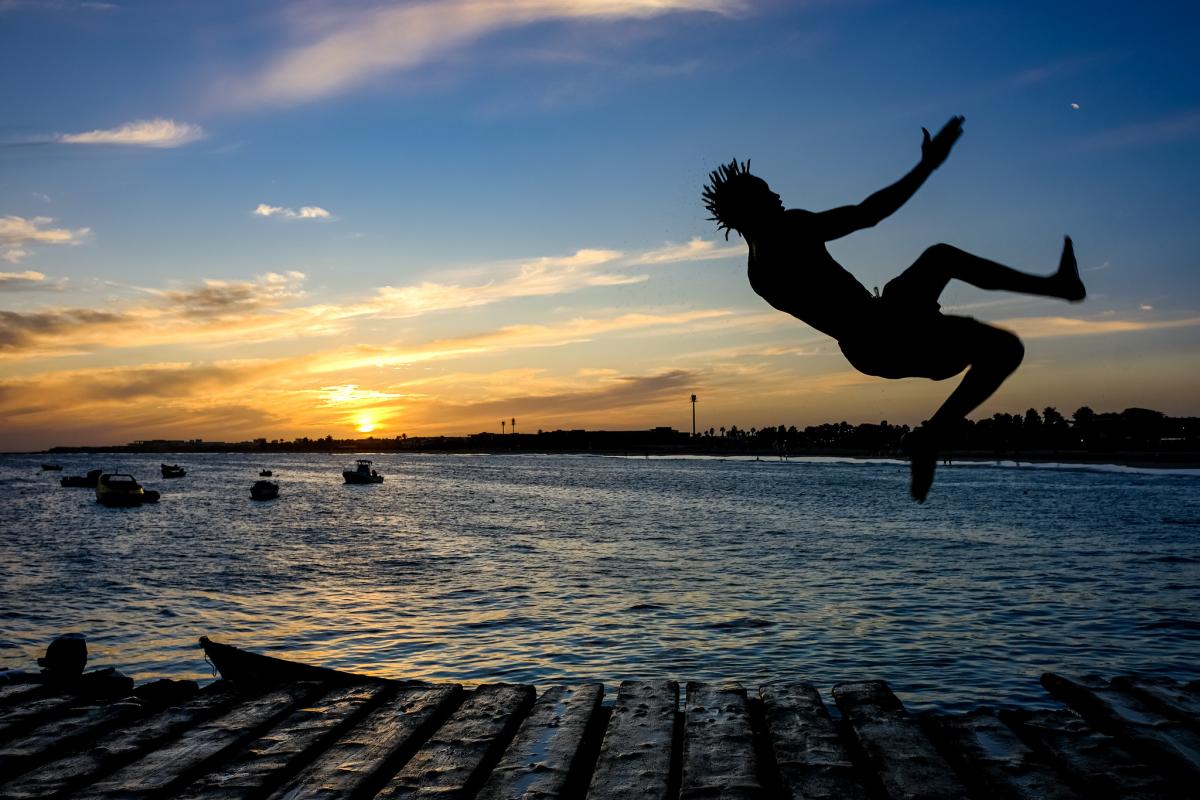Alex, SQ9UM will be active as D4UM from Sal Island, IOTA AF - 086, Cape Verde, Cabo Verde, 16 - 26 August 2024.
He will operate on 80 - 6m.
Recent DX Spots D4UM
D4UM Log search QSL via home call, ClubLog.
Sal Island (Cape Verde Republic) - for those who are not in a hurry
Sal Island is one of the islands of the Cape Verde archipelago, located in the Atlantic Ocean near the coast of West Africa. Although the centre of this archipelago is Santiago Island with Praia as its capital, more than half of the tourists start their acquaintance with Cabo Verde on Sal Island.

Sal Island, Cabo Verde. Author - Jiri Chodil.
History of Sal Island - Portugal, Spain, Independence
The history of Sal Island is inextricably linked to that of the entire Cabo Verde archipelago. Before coming to the attention of Europeans, some African tribes tried to settle the island, and the Moors mined salt on its territory, thanks to which it got its name.
For Europe, Sal Island was discovered by the Portuguese in the middle of the XV century - the time when the war between Spain and Portugal for domination of the seas was raging. Twenty years after the discovery, the islands of the archipelago, and Sal in particular, began to be settled by Portuguese settlers, both colonists and exiles. They were later joined by the French, Spanish and Genoese. Portugal itself lost and regained control over these territories. For about 60 years Sal Island was a Spanish colony, but then again came under the jurisdiction of Portugal. Slavery lasted in the archipelago until 1878. In fact, the island was a transit point for sending slaves exported from Africa to American plantations. That is why today 70 per cent of the population here are descendants of African slaves and European colonists. But, as you know, oppression cannot last forever - and the population of Cabo Verde began to fight for their independence from Portugal.
The struggle lasted about 20 years and finally, in 1975, the territory was declared independent from Portuguese rule, becoming the Republic of Cabo Verde. However, the main language is still Portuguese, used alongside the regional Caboverdiano.
By the way, Sal Island is the oldest of the islands of the archipelago. Although the vegetation on it is not impressive in its diversity, however, diving into the coastal waters, tourists will be surprised to discover how rich and densely populated the underwater world is.

Sal Island, Cabo Verde. Author - Kary Mar.
A centre of tourism, starting point to other islands
Sal is home to an international airport that welcomes planes from capitals and major European cities. Once here, tourists can go windsurfing, kitesurfing, diving and surfing, or simply sunbathe on the beach. If that's not enough, you can head to the other Cape Verde islands to see the richer nature of São Antão, visit the birthplace of Cesaria Evora on São Vincente with its historic buildings, bars and restaurants, laze on the magnificent beaches of Boa Vista or trek to the active volcano on Fogo.
It is noteworthy that it was Cesaria Evora who financially supported primary school education and part of the entire educational and health care system in Cabo Verde until her death in 2011.
Sal Island was home to an intermediate airport for refuelling Aeroflot aircraft. During the last decade of the twentieth century, one Russian crew was permanently stationed near this airport.
 Sal Island, Cabo Verde. Author - Mario Pais.
Sal Island, Cabo Verde. Author - Mario Pais.
Back in the 19th century, salt was extracted from mines located in the crater of an extinguished volcano, exporting it to Brazil and African countries. Today, tourists come to see the remains of equipment in the places of former salt mining. A pleasant bonus is the opportunity to splash in the salt lakes, something reminiscent of the Dead Sea.
Another interesting place to visit on Sal Island is the cave, which at certain times is illuminated by a bluish glow, as if at the bottom of the natural lake there is a big blue eye.
Sea turtles also come to Sal Island to lay their clutches, which is why its coastline is sometimes called "turtle coast".
The cuisine on Sal Island is represented by both European (mainly Portuguese) and national dishes. The most popular among tourists is the Caboverdean "cachupa", which is prepared in both rich and poor versions, depending on the number of ingredients. The more there are, the richer it is. And they add many different ingredients - corn, different kinds of meat, cabbage, onions, olive oil and much more. And on each of the islands of the archipelago cachupa is cooked according to its own recipes.
You can catch fish here yourself or buy it from fishermen. Tuna is the most popular - steaks and cutlets are prepared from it as from meat, as well as a lot of other tasty dishes.
Guests are always welcomed by the local population. The inhabitants of the island live leisurely, do not run anywhere, do not worry about anything.

